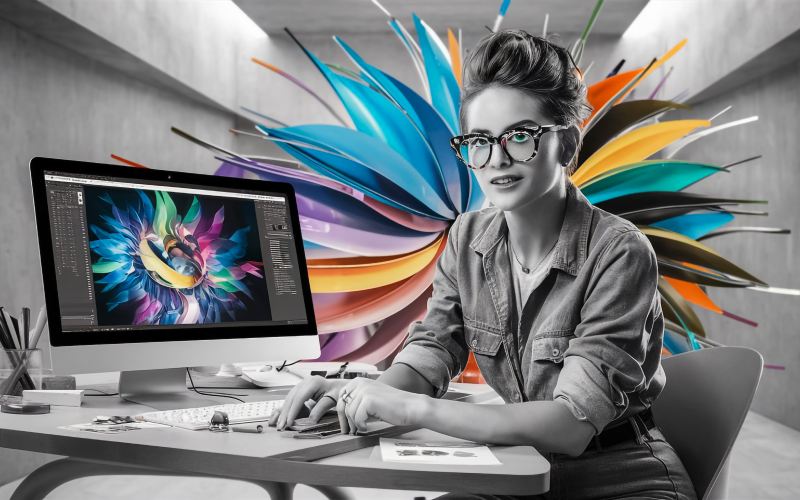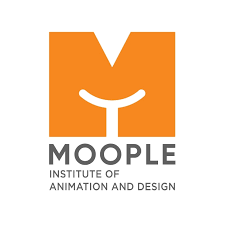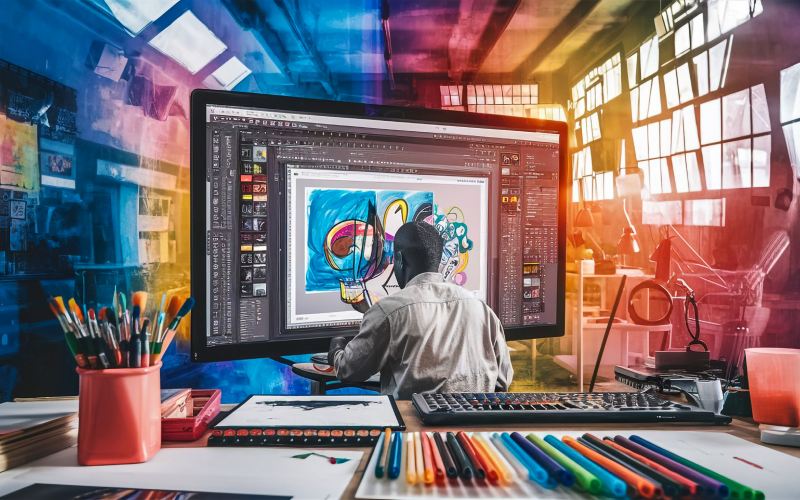Choosing the right graphic design software is crucial for unleashing your creativity and bringing your design ideas to life. Whether you’re a beginner or an experienced designer, selecting the software that best suits your needs can make a big difference in your workflow and the quality of your work. Here’s a guide to help you navigate through some popular graphic design software options and find the one that’s right for you.
Adobe Photoshop
- Best For: Photo Editing, Digital Painting, Graphic Design
- Skill Level: Intermediate to Advanced
- Platform: Windows, macOS
Adobe Photoshop is a powerhouse in graphic design, widely used for editing photos, creating digital artwork, and designing graphics for print and web. It offers a comprehensive set of tools for image manipulation, retouching, and compositing. Photoshop’s layer-based editing allows for precise control over elements, making it versatile for various design projects. It’s ideal for designers who work with photography, digital art, and complex visual compositions. Every top graphic design course in Serampore will have this as their top most taught software.
Moople – Institute of Animation and Design (Serampore)
Adobe Illustrator
- Best For: Vector Illustration, Logo Design, Typography
- Skill Level: Beginner to Advanced
- Platform: Windows, macOS

Adobe Illustrator is the go-to software for creating vector graphics. It’s perfect for designing logos, icons, illustrations, and scalable graphics for print and web. Illustrator’s vector-based approach allows for smooth scaling without losing quality, making it essential for projects that require crisp, scalable designs. It also offers powerful typography tools and is widely used by graphic designers, illustrators, and branding professionals.
Adobe InDesign
- Best For: Print Layouts, Editorial Design, Publishing
- Skill Level: Intermediate to Advanced
- Platform: Windows, macOS
Adobe InDesign is designed for creating layouts for print and digital publications. It’s ideal for designing magazines, books, brochures, and interactive PDFs. InDesign offers precise typography controls, layout adjustments, and integration with Adobe’s Creative Cloud, allowing for seamless workflows with other Adobe software like Photoshop and Illustrator. It’s favored by print designers, publishers, and marketing professionals. All graphics design courses in Behrampore have this in their syllabus.
Moople – Institute of Animation and Design (Berhampore)
Canva
- Best For: Beginners, Social Media Graphics, Presentations
- Skill Level: Beginner
- Platform: Web-based, Mobile
Canva is a user-friendly, web-based graphic design tool that’s perfect for beginners and non-designers. It offers a wide range of templates for social media graphics, presentations, posters, and more. Canva’s drag-and-drop interface makes it easy to create professional-looking designs quickly, even without prior design experience. It’s popular among small businesses, educators, and anyone looking to create eye-catching visuals effortlessly.

Affinity Designer
- Best For: Vector Illustration, UI/UX Design, Digital Art
- Skill Level: Beginner to Advanced
- Platform: Windows, macOS, iPad
Affinity Designer is a robust alternative to Adobe’s software, offering powerful tools for vector illustration, UI/UX design, and digital art. It features a modern interface and supports both raster and vector workflows, making it versatile for various design tasks. Affinity Designer is known for its affordability (compared to Adobe’s subscription model) and is favored by freelancers, illustrators, and designers looking for professional-grade software without recurring costs.
Sketch
- Best For: UI/UX Design, Web Design, Prototyping
- Skill Level: Intermediate to Advanced
Platform: macOS
Sketch is a popular choice among UI/UX designers and web designers for its focus on creating user interfaces and digital prototypes. It offers a streamlined interface, powerful vector editing tools, and features like artboards and symbols that simplify design workflows. Sketch supports plugins that extend its functionality, making it adaptable to different design needs. It’s favored by design teams and agencies working on digital products and interactive experiences.
Choosing the Right Software for You
When selecting graphic design software, consider your specific needs, skill level, and the type of projects you’ll be working on. If you’re new to graphic design, user-friendly tools like Canva or Affinity Designer may be more suitable to start with. For professionals and those needing industry-standard capabilities, Adobe’s suite (Photoshop, Illustrator, and InDesign) offers comprehensive tools and integration.
Tips for Choosing:
1. Trial Versions: Many software options offer free trials. Take advantage of these to explore the features and see how well they fit your workflow.
2. Community and Support: Consider the availability of tutorials, forums, and user communities. A strong support network can help you learn and troubleshoot issues more effectively.
3. Compatibility: Check compatibility with your operating system and file formats you frequently work with. Some software may offer better integration with other tools you use.
4. Cost: Evaluate pricing models—whether it’s a one-time purchase, subscription-based, or free—and consider your budget and long-term needs.
Choosing the right graphic design software is an important step in your creative journey. By understanding your goals, exploring your options, and experimenting with different tools, you can find the software that empowers you to create stunning designs and express your unique vision effectively. Whether you’re designing for personal projects, client work, or professional development, the right software can make all the difference in your success as a graphic designer.

